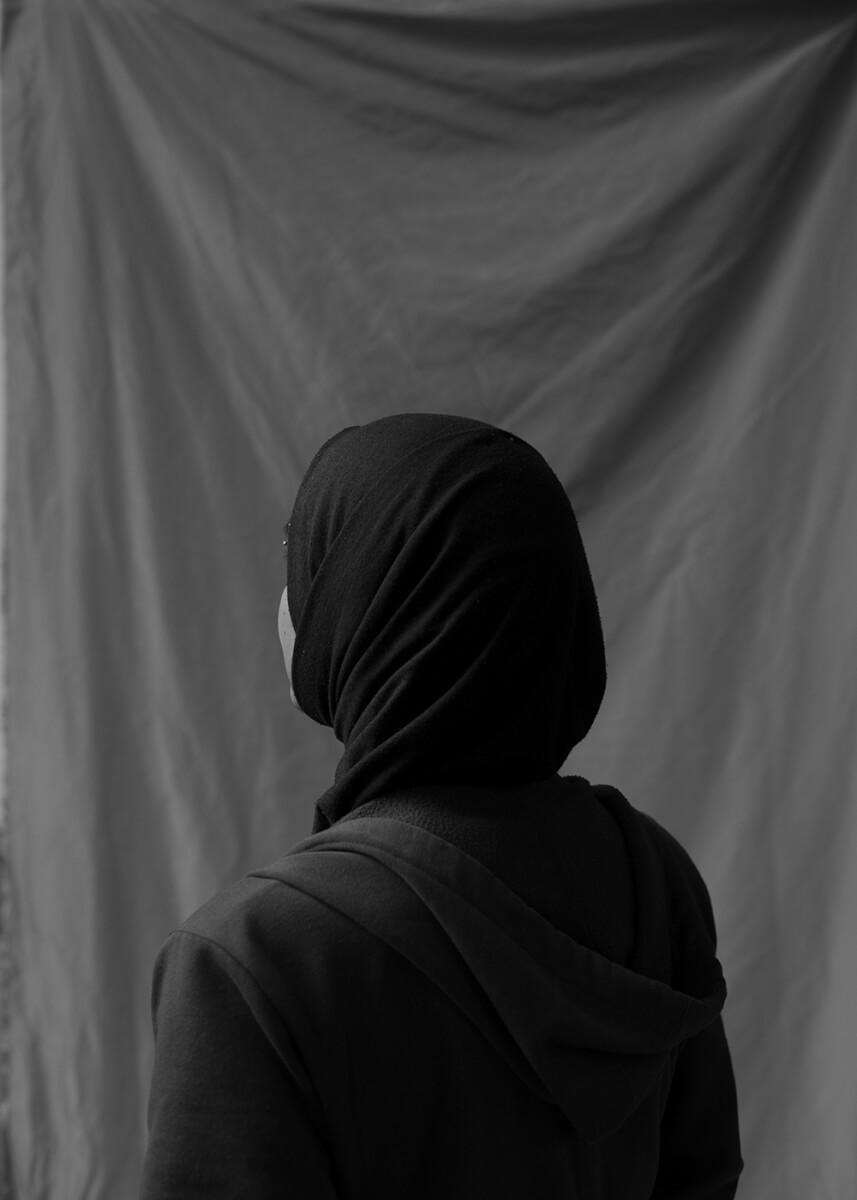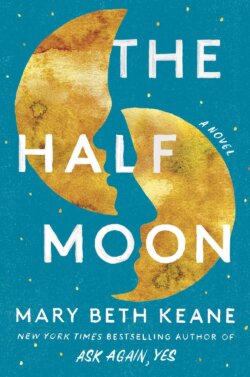Before the release of each of his previous two books—The World’s Largest Man, winner of the 2016 Thurber Prize for American Humor, and 2018’s Congratulations, Who Are You Again?—Harrison Scott Key had what one might call a bit of a freakout.
As Key explains in a call from his Savannah, Georgia, home, “You’re working on a book for two, three, sometimes four years, and it’s like a lightning rod that focuses all of your creative vitality.” Then, when you’re finished, “you have all of this psychic energy that has to go somewhere. I usually just try to pour it into a new book idea . . . and I usually hit a wall with that . . . and then I start wandering around the house and talking about how maybe I’ll go to dental school because I clearly can’t write anymore.”
While the author has become accustomed to the stressful “interregnum” between a manuscript’s completion and the reading public’s reaction—via interviews and reviews, as well as a flurry of promotional events—Key has experienced even more heightened emotion and anticipation since the completion of his newest book, How to Stay Married: The Most Insane Love Story Ever Told.
Read our starred review of ‘How to Stay Married’ by Harrison Scott Key.
The subject matter’s the thing: In his third memoir, Key takes his trademark mixture of radical honesty and frequent hilarity to a new level as he describes what it was like when Lauren, his wife of 15 years and the mother of their three daughters, revealed that, for the preceding five years, she had been having an affair with a married neighbor, whom Key dubs “Chad.” True to the book’s title, the couple has managed to remain married but not without several years of rage, despair, negotiation, crying and therapy, including a lot of talking with each other, friends, family, professionals and more.
Lauren’s shocking revelation came in 2017, and the book’s emotional roller coaster of events concludes in 2022, rendering them still relatively fresh. “Even if nobody bought it, even if my agent hated it, I had to get this mf-ing book out of my brain and my heart,” Key says. “The benefit of writing about it as it was happening and in the year after the drama concluded is that the scenic details were very accurate and intense. . . . Obviously, the downside is that you haven’t really processed what’s happening, and so your perspective on it is very different than it will be in six months, in two years.”
Whether Key welcomed it or not, additional processing did occur during the editing stage of the book. “Even in just the last three months, I probably read through the entire thing four times,” he says. “Being forced to live through these scenes and face the really awful realities of things that happened has been therapeutic, because it has exposed me to them over and over so that I’m not afraid of these memories anymore.” They will be stirred up again as he promotes the book, of course, but “I am not unused to people reading about behind-the-scenes stuff in my life, the kinds of things people don’t talk about,” he says. “What makes this book weird is my wife and her role in it; that part is very strange.”
“Even if nobody bought it, even if my agent hated it, I had to get this mf-ing book out of my brain and my heart.”
By this, Key means the impressively honest and vulnerable chapter that Lauren contributed called “A Whore in Church.” He told Lauren, “I think you need to talk about your mom and your dad and your childhood and everything that’s happened with us. You should just vomit it out there because I feel like it will be really good, and I feel like I can’t tell my story if you don’t tell your story.” And so she did.
Upon reading Lauren’s chapter, Key wasn’t surprised that it was well written and evocative. In fact, “Reading it was horrifying and exhilarating . . . and I loved it,” he says. His previously trepidatious publishing team felt the same way. “When I shared it with my editor and agent,” he says, “they were like, ‘Holy crap, this is awesome, it has to be in there.’” And it is: an unusual aspect of a book that is itself unusual in its unflinching—and often very funny—look at a marriage in extreme crisis, written by a man as open about his own faults as he is about his wife’s—or, you know, Chad’s (wears cargo shorts, listens to Kid Rock).
During Key’s quest for understanding about the breakdown of his marriage, he also found himself reconsidering his Christian faith. “My religion was this enormous toolshed full of strange tools,” he says, “and it wasn’t until this experience that I realized I was so bereft of solutions that I needed to maybe go out into that old Jesus-y toolshed and see if some of it could help.” Key also read widely, from the book of Psalms to the Tao Te Ching, and “just the fact that the stuff I was experiencing was not new . . . was really reassuring.”
“This idea of forgiveness and mercy when you want to punish, it’s so counterintuitive for most people.”
Ultimately, Key says, “this idea of forgiveness and mercy when you want to punish, it’s so counterintuitive for most people, but really the spine of Christianity is forgiveness . . . and not until this moment with my wife did I really understand.” He adds, “I would not be here, I would not be in this house, my family would not be whole, without that faith.”
As Key readies himself for the debut of How to Stay Married, he says Lauren is “owning what’s happening in the story. She and I have gone into this holding hands.” And who knows what else might lie ahead for the duo? The author says with a laugh, “Both of us can X-ray marriages now just by interacting with people. . . . Maybe that’s our next calling, to be the Oprah and Dr. Phil of marriages on TV.”
No matter what future adventure might be on the horizon, for now, Key says, “the ability to see through pain and anger and trauma and bad choices and see the human heart that’s in there—if I could take anything away from this experience, it would be hopefully a better ability to do that.”
Headshot of Harrison Scott Key by Chia Chong























































